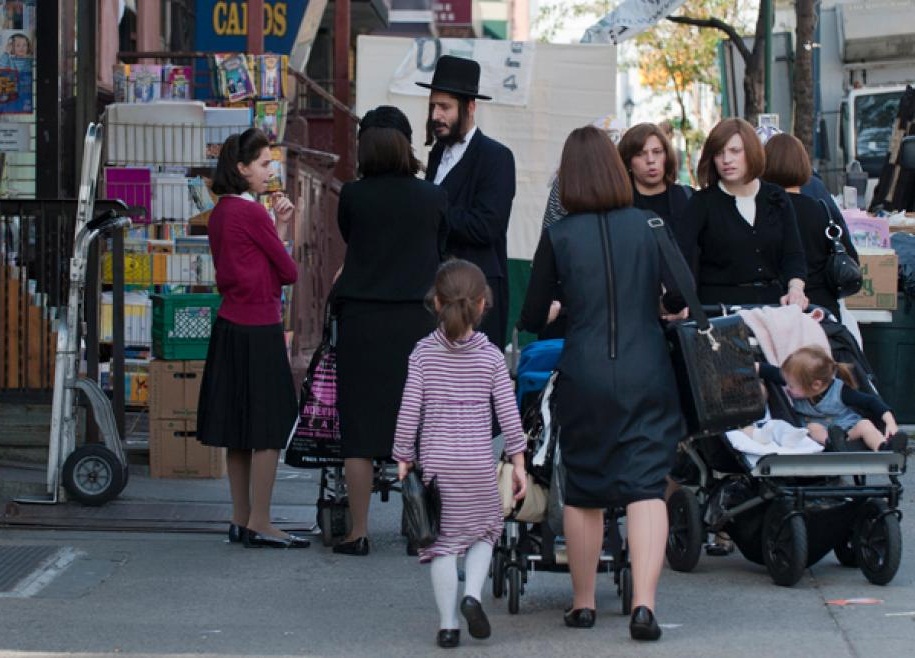
评论中的歧视
Race Colors New Residents' Views of Local Businesses
评论中的歧视
Gentrifying residents in two Brooklyn neighborhoods view their new surroundings differently, depending on the race of those who traditionally live there.
布鲁克林两个社区的富裕居民对新环境持有不同的看法。这种看法与原住民的种族相关。
撰文/播音 伊莱卡·巴拉斯(Erika Beras)
翻译 M
审核 邰伦玥
A lot of formerly low-income neighborhoods are becoming gentrified. The people moving in bring money—and racial biases. Which contribute to them viewing their new surroundings differently depending on the race of those who traditionally live there.
大量过往低收入的社区正在持续得到改善。人们带着金钱搬入这些社区,但同时也借来了种族偏见。在与原住民竞争的过程中,这种偏见使他们对新环境持有不同的观点。
That’s according to a study that examined more than 7,000 reviews of two Brooklyn neighborhoods on Yelp, the online, anyone-can-rate-any-business review site. It’s in the Journal of Consumer Culture. [Sharon Zukin, Scarlett Lindeman, and Laurie Hurson: The omnivore’s neighborhood? Online restaurant reviews, race, and gentrification]
这项发现来自一项对Yelp的研究,该研究考察了7000条针对两个布鲁克林社区的评论。Yelp是一个任何人可以评论周围店铺的网站。这项研究发表在《消费者文化杂志》上。
Researchers looked at reviews of two areas that have in recent years undergone massive demographic changes—Greenpoint and Bedford-Stuyvesant.
研究人员考察了两个近年来人口组成发生了巨大变化的社区——格林珀特区和贝德福-史岱文森区(下简称格区和贝区)。
Greenpoint is a historically Polish neighborhood that has long been majority white. BedStuy is a historically black neighborhood that in the last decade saw a 700 percent increase in its white population. Blacks are still the majority, but their population is shrinking.
历史上,格区是一个波兰社区,种族构成上长时间由白人为主;贝区则是一个黑人社区,但最近10年内白人的人口上涨了700%。在贝区,种族构成仍然以黑人为主,但他们的人口正在缩减。
Both sets of reviews viewed the neighborhoods as "up and coming." But established Greenpoint restaurants were seen as cozy and authentic. While time-honored BedStuy restaurants were described as "gritty and sketchy".
两组评论都认为社区正在“蓬勃发展”。但格区刚建成的餐馆被评为舒适与可信,而在贝区历史悠久的餐馆则被评为粗糙与一般。
Reviewers in white Greenpoint expressed concerns about preserving the neighborhood's culture as it underwent change. Such concerns were noticeably absent in the BedStuy reviews, which were more likely to talk about the neighborhood using words such as "hood" or "ghetto".
在对格区的评论中,评论人表达出对正在变化的传统文化的担心。而这种担心却很少出现在对贝区的评论中。对贝区的评论更多的会使用一些诸如“遮掩”和“贫民区”的词。
Researchers call such attitudes "discursive redlining", a reference to the overt practice of pricing some people out of areas or services. The racial biases inherent in the reviews can influence popular perception—as well as prospective economic investment.
研究人员将该种态度称为“话语歧视”,形容一些针对不在范围或未为与之接触的人进行评价的行为。这些评论中的种族偏见会影响到大众的看法——和未来的经济投资。
未经书面许可任何人不得复制或镜像
京ICP备11000850号-1
 京公网安备11010502039775号
京公网安备11010502039775号 信息网络传播视听节目许可证0111611号
国家科技基础条件平台

















